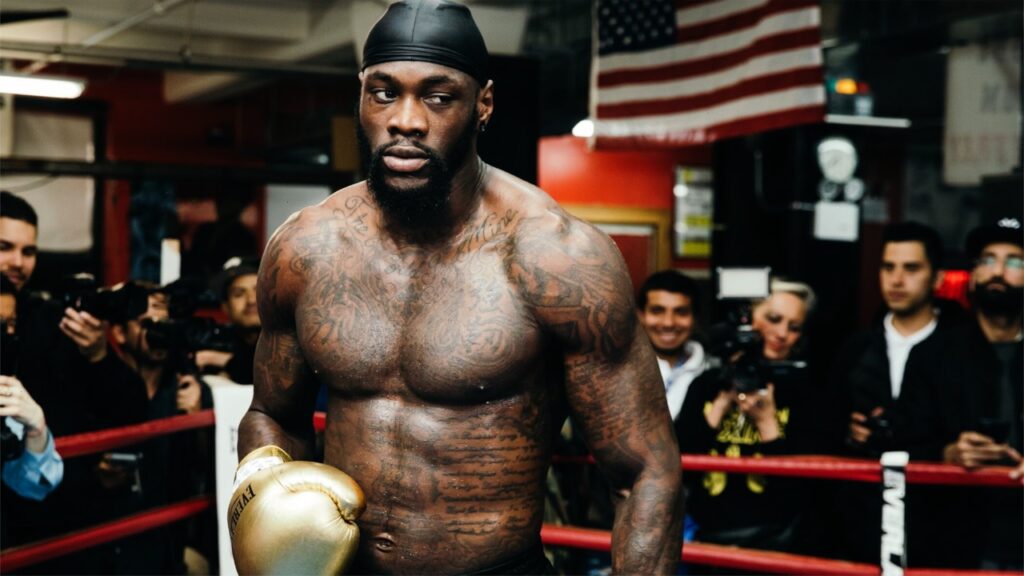IBHOF inductee Graham Houston looks at the positives and pitfalls of the WBC’s new 224lbs weight division, sandwiched between cruiserweight and heavyweight. Is it good for boxing?
So, we now have a new weight class with the World Boxing Council’s decision to introduce the 224-pound division. WBC president Mauricio Sulaiman announced that the cruiserweight limit will drop from 200 pounds to 190. This was the division’s weight limit when Marvin Camel drew with Mate Parlov in the inaugural WBC cruiserweight title fight in December 1989. (Camel won the rematch on points to become the first champion in the new weight division.)
On the positive side, a weight class between the cruiserweight and heavyweight divisions makes sense. Today’s big men are behemoths, weighing around 250 pounds.
The negative? Well, a couple of things immediately spring to mind.
As if things weren’t confusing enough, we will now have 18 weight classes in boxing. A fight fan in the 1950s, when there were eight weight divisions (10 if you included junior lightweight and junior welterweight) would have thought you had taken leave of your senses if you told him that one day there would be 18 weight divisions.
And, on the subject of confusion, the other three main world sanctioning bodies have yet to come on board with the WBC’s new weight class. So we will have cruiserweights fighting for a WBC 190-pound championship and for a 200-pound title in the other three organisations.
Another thought. Why 224 pounds? Why not 220? Or 225? It just seems odd to have a 224-pound division.
It’s a pretty big jump from 190 pounds (the new WBC cruiser limit) to 224. But then, the gap between the light-heavies (175 pounds) and cruisers will be narrowed.
To me, it would have made more sense to have kept the cruiser limit at 200 pounds.
The new weight division (title to be announced later) in theory will benefit smaller heavyweights such as Deontay Wilder and Michael Hunter and fighters moving up from cruiser such as Oleksandr Usyk and Murat Gassiev — and possibly Mairis Briedis.

However, the heavyweight division is the glamour division of boxing.
Holding a 224-pound title doesn’t have the same cachet as being heavyweight champion of the world. (Okay, there isn’t an undisputed heavyweight champion, but you know what I mean.)
And the big money is in the heavyweight division. The 224-pound title will likely be seen as a secondary championship.
So, the so-called small heavyweights might choose to bypass the 224-pound title and shoot for the big one — the heavyweight championship.
The 224-pound title could be a useful steppingstone, however. A boxer such as, say, Murat Gassiev could in theory win the 224-pound title and then challenge for one of the heavyweight titles.
But then we would be back to square one, with a small heavyweight fighting a much bigger one.

The traditionalist in me doesn’t like the idea of a new weight class. But heavyweights are so darned big these days that it’s hard to argue against the creation of a weight division that forms a bridge between cruiser and heavyweight.
When I was editor of the now-defunct Boxing Monthly (and how long ago does that seem?) our columnist Michael Marley argued for a new “super heavyweight” division because so many of today’s heavyweights are veritable giants. The new weight class achieves the same goal (less disparity in weights) but arrived at differently.
Of course, years ago there were heavyweight champions who were very big men indeed, such as the 6ft 6ins, 230-pound Jess Willard and the 6ft 5ins, 260 pounds Primo Carnera. Much smaller men (Jack Dempsey, Max Baer) chopped down these hulking specimens.
“The big men back then weren’t coordinated,” the late, great Emanuel Steward (who of course trained Wladimir Klitschko and Lennox Lewis) once explained to me. “The big men of today, like Wladimir and Lennox, are much more athletic and balanced out. You can’t compare guys like Carnera and Willard with the modern-day big guys.”
That’s fair enough.
Mauricio Sulaiman feels there are enough small heavyweights to make a 224-pound division viable.
He is probably right.
Another weight division mean more opportunities for fighters. That’s a good thing.
Weighing it all up (pardon the pun), I’m not wild about an 18th weight division — but I get the reasoning. And, as with the various changes in boxing over the years, I’m sure we’ll all get used to it.